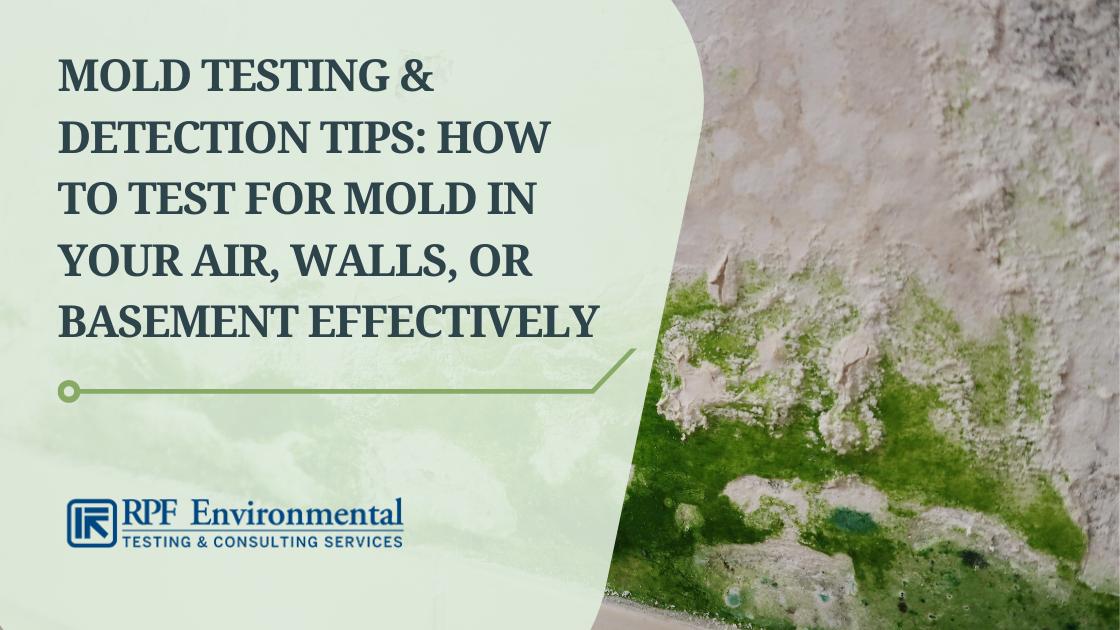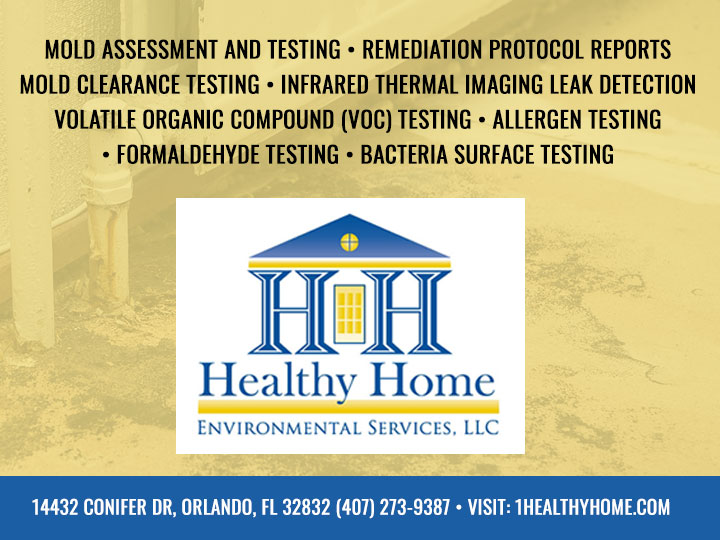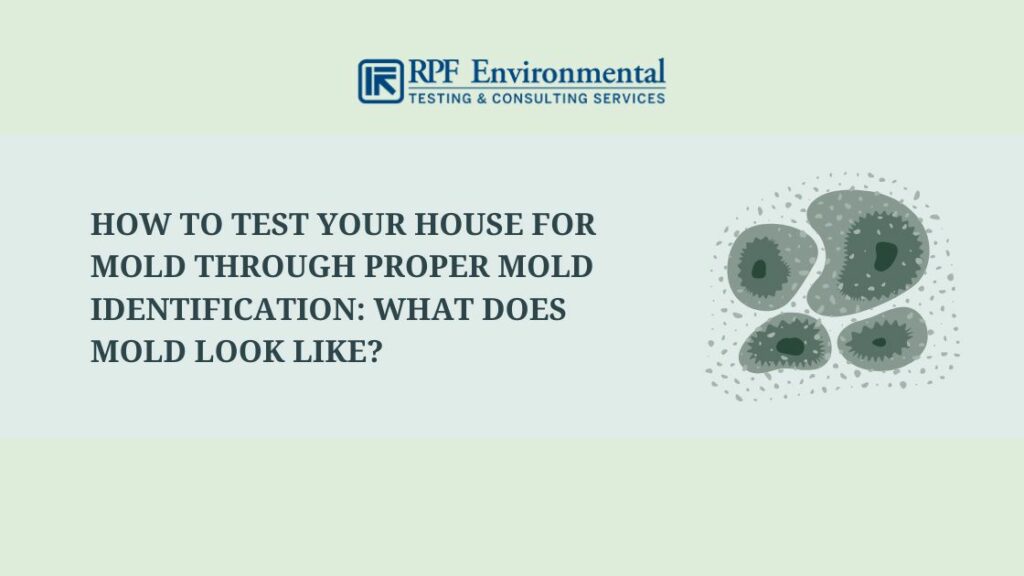Comprehensive Solutions for Your Mycotoxin testing Services Needs
Comprehensive Solutions for Your Mycotoxin testing Services Needs
Blog Article
Ensuring Compliance With Laws: the Role of Mycotoxin Examining in Top Quality Control
Ensuring compliance with stringent policies is extremely important for maintaining food safety, and the function of mycotoxin screening in quality assurance can not be overemphasized. Mycotoxins, hazardous compounds produced by certain mold and mildews, position considerable health threats, making their detection crucial in food manufacturing. Adherence to governing criteria, such as those set by the FDA and EU, requires robust screening approaches and modern technologies to identify and quantify these contaminants. By implementing comprehensive testing procedures, companies can protect against possible health and wellness situations, avoid pricey recalls, and keep customer depend on. The intricacies of these testing processes increase crucial inquiries concerning their efficiency and effectiveness.
Understanding Mycotoxins
Understanding mycotoxins is basic to making sure the high quality and security of agricultural items. Mycotoxins are hazardous additional metabolites generated by certain varieties of fungis, generally located in foods items such as nuts, seasonings, and grains. These substances can emerge at numerous phases of the food manufacturing process, from pre-harvest to storage, and posture substantial health and wellness dangers to both human beings and pets (Mycotoxin testing Services). The most well-known mycotoxins include aflatoxins, fumonisins, trichothecenes, and ochratoxins, each associated with details environmental problems and fungal species.
The presence of mycotoxins in food can cause chronic and acute health issues, including liver damages, immune reductions, and carcinogenic results. Their discovery and metrology are important parts of high quality control in agricultural and food markets. The intricacy of mycotoxin contamination requires a complex strategy, using sophisticated logical techniques such as liquid chromatography, mass spectrometry, and enzyme-linked immunosorbent assays (ELISA) By understanding the sources, kinds, and effects of mycotoxins, stakeholders in the farming field can better carry out preventative procedures and minimize threats, making sure more secure usage for end-users. This understanding develops the bedrock upon which effective mycotoxin management practices are built.
Regulatory Requirements for Mycotoxins
Having established a foundational understanding of mycotoxins and their effect on food safety, it is vital to assess the regulatory requirements governing their visibility in farming products. Governing requirements for mycotoxins are essential due to the fact that they define permitted limitations, making certain food safety and safeguarding public health and wellness. Various international and national agencies have established these restrictions based upon thorough danger evaluations.
The Codex Alimentarius Payment, a global body established by the FAO and WHO, supplies standards and optimum allowed levels for different mycotoxins in food and feed. The Codex has established restrictions for aflatoxins in peanuts, maize, and dried figs, amongst various other assets. These criteria are frequently taken on or adjusted by specific countries to fit their certain demands.
In the European Union, Policy (EC) No 1881/2006 states maximum levels for several mycotoxins, such as aflatoxins, ochratoxin A, and deoxynivalenol, in numerous foodstuff. The United State Food and Medicine Administration (FDA) has actually established activity degrees for mycotoxins like aflatoxins in commodities such as grains and nuts.
Adherence to these regulatory standards is critical for maintaining market access, customer trust, and public health. Non-compliance can lead to significant financial losses and health risks, highlighting the value of stringent mycotoxin testing protocols.
Evaluating Techniques and Technologies

ELISA is extensively appreciated for explanation its economical and rapid screening capacities, making it ideal for high-throughput settings. It counts on antibodies to discover particular mycotoxins, providing lead to a relatively brief time structure. Its sensitivity might be limited compared to much more sophisticated techniques.
HPLC, on the various other hand, masters supplying measurable analysis with high precision and precision. It divides intricate combinations into individual components, making it very efficient for identifying and measuring numerous mycotoxins simultaneously - Mycotoxin testing Services. This technique, while more resource-intensive and lengthy than ELISA, offers a higher degree of reliability

LC-MS represents the peak of analytical uniqueness and sensitivity. Integrating the separation power of fluid chromatography with the discovery capacities of mass spectrometry, LC-MS can discover even trace levels of mycotoxins. This technique is vital for validating the existence of mycotoxins in forensic and regulatory contexts, making certain compliance with rigid security requirements.
Carrying Out Examining Procedures

Incorporating these advanced screening approaches right into a comprehensive high quality control structure necessitates a well-structured strategy to implementing screening protocols. To attain this, organizations need to initially perform a detailed threat analysis to identify potential mycotoxin contamination points within the supply chain. This assessment notifies the development of a tailored screening strategy that deals with certain vulnerabilities.
Following, developing standardized sampling procedures is critical. Consistent tasting makes certain that examination results are reputable and rep of the entire set (Mycotoxin testing Services). Sticking to standards from regulative bodies, such as the FDA or EFSA, helps keep conformity and enhances the reputation of the screening procedure
Training personnel is another essential component. Personnel should be efficient in both example collection and the operation of screening devices. check my reference Regular training sessions and accreditation programs can ensure that staff member remain updated with the most up to date techniques and governing adjustments.
Advantages of Mycotoxin Evaluating
Mycotoxin testing uses various advantages that significantly boost the safety and security and high quality of food and feed products. Primarily, it works as a vital control measure to stop infected items from getting to the customer market, consequently guarding public health. By determining and measuring mycotoxins such as fumonisins, aflatoxins, and ochratoxins, producers can make sure that their products meet strict governing standards, therefore avoiding possible legal repercussions and associated prices.
Additionally, mycotoxin testing adds to the economic stability of food and feed markets by lessening the risk of large product recalls. The ability to separate and find contaminated batches early in the manufacturing process reduces waste and stops the financial losses related to broken brand name track record. It promotes consumer trust and commitment, as clients are increasingly mindful of food security issues and need greater top quality requirements.
The execution of normal mycotoxin testing also promotes ideal techniques within farming and production industries. By sticking to extensive testing protocols, firms can optimize their top quality control procedures, improve operational performance, and make certain the constant production of risk-free, premium items. In conclusion, the advantages of mycotoxin testing are complex, adding to public wellness, economic security, and market stability.
Conclusion
Mycotoxin testing is important in making certain compliance with governing requirements, thus preserving food safety and security and quality control. Hence, mycotoxin testing continues to be an indispensable element of contemporary food security monitoring systems.
Ensuring conformity with rigid regulations is critical for preserving food safety, and the function of mycotoxin screening in high quality control can not be overemphasized.In the world of mycotoxin testing, progressed methods and modern technologies are critical in making certain food safety and regulative compliance.Mycotoxin screening supplies various advantages that significantly boost the safety and high quality of food and feed items.Mycotoxin testing is crucial in making certain conformity with governing requirements, therefore recommended you read preserving food safety and security and quality control. Hence, mycotoxin screening continues to be a crucial part of contemporary food safety monitoring systems.
Report this page